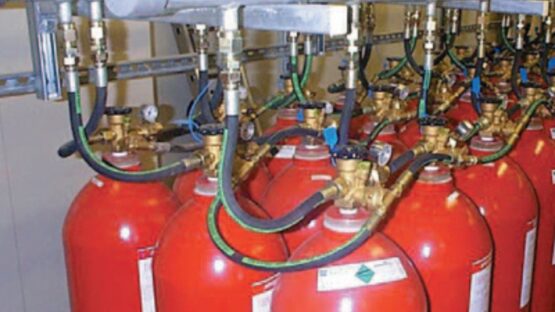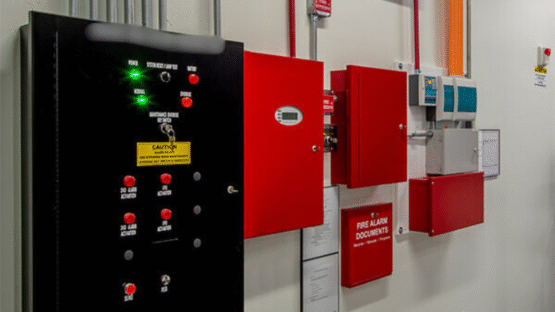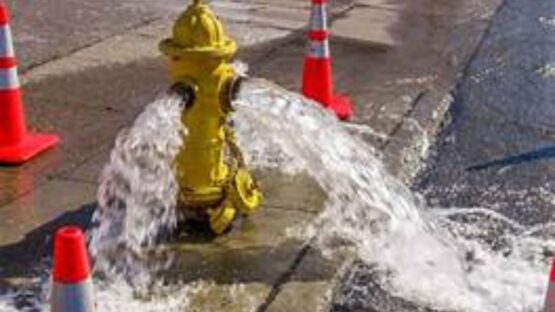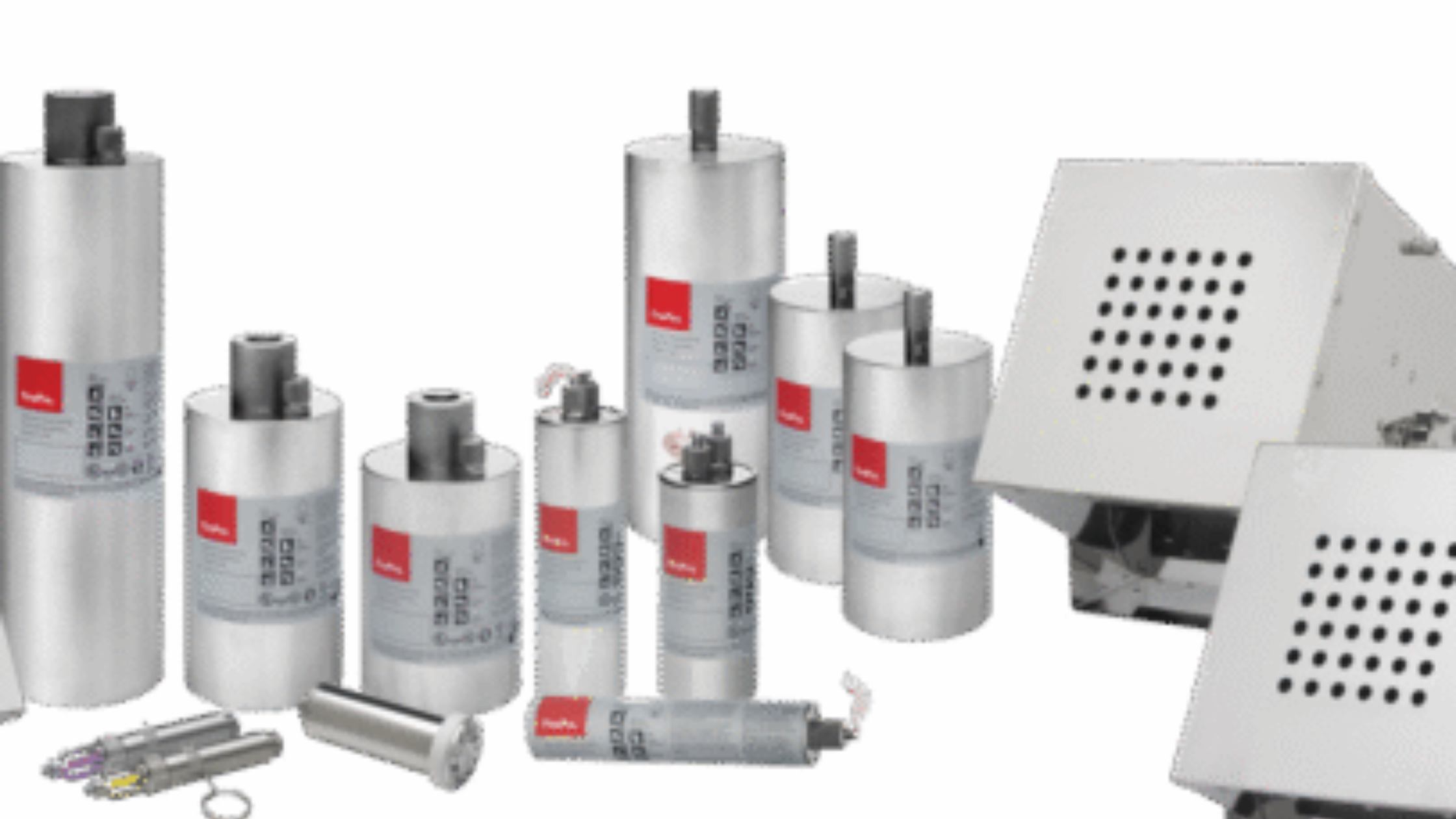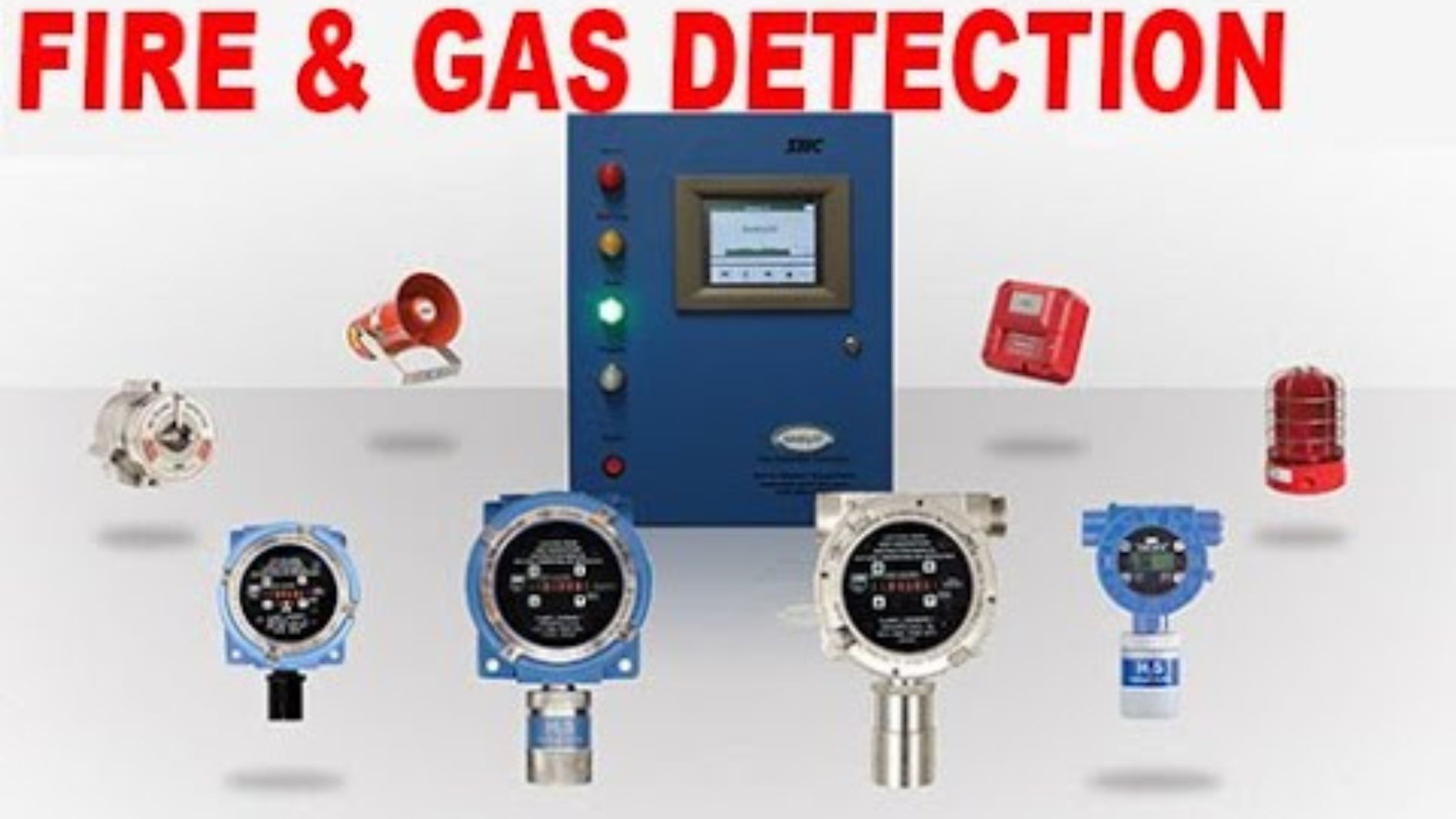A fire hydrant system is a water-based fire protection system designed to deliver a high volume of water to combat fires. It is commonly used in large buildings, industrial sites, and outdoor areas to ensure quick and effective firefighting.
Key Components of a Fire Hydrant System
| Component | Description |
|---|---|
| Fire Hydrant | Outdoor or indoor outlet where firefighters connect hoses |
| Fire Pump | Increases water pressure for effective flow |
| Jockey Pump | Maintains system pressure and prevents false pump activation |
| Water Storage Tank | Dedicated water reservoir for firefighting |
| Piping Network | Distributes water to various hydrants and valves |
| Landing Valves | Indoor valves for hose connection |
| Fire Hose & Nozzle | Used to direct water to the fire |
| Hose Reel | Small hose used for quick response during early fire stages |
How the System Works
- Fire is detected via manual call point or automatic alarm.
- Firefighters connect hoses to hydrants or landing valves.
- Fire pump activates automatically or manually.
- High-pressure water flows through the system to extinguish the fire.
Types of Fire Hydrants
| Type | Description | Best Suited For |
|---|---|---|
| Wet Barrel | Always filled with water | Warm climates |
| Dry Barrel | Water kept below ground to prevent freeze | Cold regions |
| Single/Double Outlet Hydrant | One or two hose outlets per hydrant | Industrial and urban areas |
Advantages of Fire Hydrant Systems
- Continuous and reliable water supply
- High-pressure water delivery
- Manual operation – no electrical dependency
- Durable and long-lasting infrastructure
- Effective for both indoor and outdoor firefighting
Where Fire Hydrant Systems Are Used
- Industrial facilities and warehouses
- Residential and commercial complexes
- Airports, hospitals, and shopping malls
- Power plants and refineries
- Open storage yards and docks



